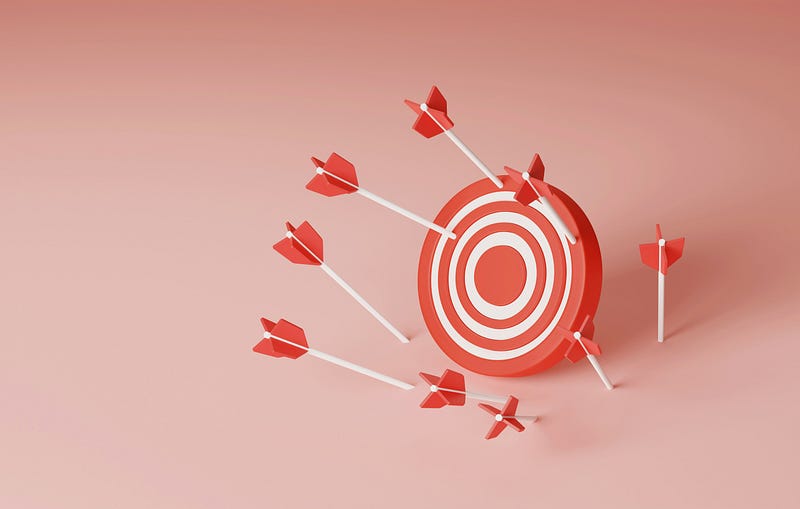
Most productivity advice treats your brain like a filing cabinet; neat, organized, infinitely expandable. But neuroscience proves this is wrong. Your working memory can hold only a few things at a time. Your attention operates like a spotlight, not a floodlight. Understanding these limitations should changes how you should approach task management and work as a whole.
Energy Reserves
Every choice you make throughout the day depletes what researchers call “decision fatigue.” For example, by 3 PM, judges approve 65% fewer parole requests than at 9 AM. Not because they’re cruel, but because their cognitive resources are exhausted.
Front-load your heaviest decisions and most complex work when your mental reserves are full. Schedule routine tasks for your cognitive low points, and creative work early in the day. Don’t treat all hours as equal , they’re not.
1. Use a Task Management System
A task management system helps to relieve pressure to remember everything. Apps like Google Tasks, Todoist, Trello, or Asana allow you to create, organize, and prioritize tasks. They also provide reminders and due dates, keeping you on track throughout the day.
2. Time Block
Allocate specific time blocks for different types of work. This technique helps you focus on one task at a time, reducing distractions and multitasking. Set creative deep work in the early mornings, meetings and breaks for mid-afternoon, and simple admin work for the eventings.
3. Pre-decide recurring choices the night before
What will you wear? What will you eat for breakfast? Which three tasks deserve your peak energy? Remove these micro-decisions from your morning routine so your cognitive resources go toward meaningful work, not wardrobe choices.

Completion Bias
Humans experience a dopamine hit from checking items off lists, regardless of their importance. This creates a dangerous tendency to prioritize easy wins over meaningful progress. You’ll gravitate toward answering emails instead of writing that proposal, not because emails matter more, but because they feel more completable.
Combat this with the “importance anchor” technique. Before opening your task list each day, write down the one thing that, if accomplished, would make the day worthwhile. Pin this at the top. Everything else is secondary.
1. The Two-Minute Rule
If a task takes less than two minutes to complete, do it immediately. It prevents small tasks from piling up on your to-do list, but puts a limit on how much time you waste on unimportant things.
2. Prioritize Your Tasks
Before diving into work, identify the most important and urgent tasks that need your attention. Use a system like the Eisenhower Matrix, which categorizes tasks into four quadrants:
- Urgent and Important: These tasks should be tackled first.
- Important, but Not Urgent: Schedule these for later.
- Urgent, but Not Important: Consider delegating these tasks if possible.
- Neither Urgent nor Important: These can be deprioritized or eliminated.
3. Break larger tasks down into smaller parts
Break intimidating work into “completable” chunks that deliver the psychological satisfaction we crave. Instead of “write annual report,” try “complete market analysis section” or “finalize executive summary.” Your dopamine system works better with frequent wins.

Temporal Landmarks
Behavioral economists have identified that people are more likely to tackle goals after temporal landmarks (Mondays, beginning of the month, birthdays, etc). Your brain treats these as psychological “clean slates.”
Exploit this quirk by bundling difficult habit changes or major project kickoffs with these natural reset points. Don’t fight your psychology, leverage it.
Create artificial deadlines with the 12-week sprint
Instead of annual goals, break projects into 12-week cycles with hard start and end dates. The compressed timeline creates urgency while the defined endpoint provides closure.
2. Design transition routines between temporal landmarks
Spend 30 minutes at the end of each sprint documenting what worked, what didn’t, and what you’ll change. This reflection strengthens the psychological reset and prevents you from mindlessly repeating harmful patterns.
3. Stack habit changes with existing landmarks
Don’t try to create arbitrary start dates, piggyback on dates that already feel significant to you. Birthday? New job? Moving apartments? Use these moments when your brain is already in “new chapter” mode to introduce the productivity changes you’ve been avoiding.

Context Switching
When you switch between tasks, part of your attention remains stuck on the previous task. Psychologist Sophie Leroy calls this “attention residue,” and it can reduce performance by up to 40%.
Minimize context switching with “batching” — group similar tasks together. Answer all emails in one block. Make all phone calls consecutively. Review all documents in sequence. Your brain operates more efficiently when it stays in the same cognitive gear.
1. Stop Multitasking
Frequent task-switching creates an illusion of progress while actually decreasing both speed and accuracy.
True productivity comes from “deep work. Protect these periods ruthlessly. Turn off notifications. Use website blockers. Create physical barriers to distraction.
2.Energy Management > Time Management
Track your energy patterns for two weeks. When do you feel most creative? Most analytical? Most social? Schedule tasks to match these natural rhythms rather than fighting them. You will find less “wandering” happens when your energy pattern matches the work being done.
3. The Zeigarnik Effect
Psychologist Bluma Zeigarnik discovered that people remember interrupted and incompleted tasks better than completed ones. Your brain keeps incomplete tasks active in working memory, creating background mental load.
Use this effect strategically. End work sessions at natural stopping points, not arbitrary time limits. If you must stop mid-task, write a detailed “restart note” explaining exactly what to do next. This tells your brain it’s safe to let go.

Good Intentions
Instead of vague commitments like “I’ll work on the report,” create specific “if-then” plans: “If it’s 9 AM on Tuesday, then I’ll spend two hours drafting the executive summary in the conference room.”
This technique, called implementation intentions, increases follow-through rates because it removes the micro-decisions that create friction and delay.
1. Set Clear Constraints
Counter-intuitively, limitations often boost creativity and focus. Parkinson’s Law states that work expands to fill available time. Give yourself artificial constraints to combat this.
Try the “two-list strategy” Warren Buffett allegedly uses: Write down your top 25 goals. Circle the top 5. The remaining 20 become your “avoid at all costs” list — they’re dangerous precisely because they feel important but aren’t essential.
2. Teamwork
It can feel productive to send emails and clear out the slack inbox — but realistically, it rarely accomplishes anything significant. Establish strict communication rules. When do you check messages? How urgent is truly urgent? What information needs immediate attention versus batch processing?

TL;DR
Daily task management isn’t really about how you organize the tasks, but more about building systems that compound over time.
Focus less on ““perfect app” and more on consistent patterns. Review your systems monthly. What’s causing friction? What’s working smoothly? Small, persistent adjustments matter more than dramatic overhauls.
Your brain didn’t evolve for modern information overload and infinite choice. By understanding its quirks and limitations, you can design workflows that work with your brain rather than against it.
